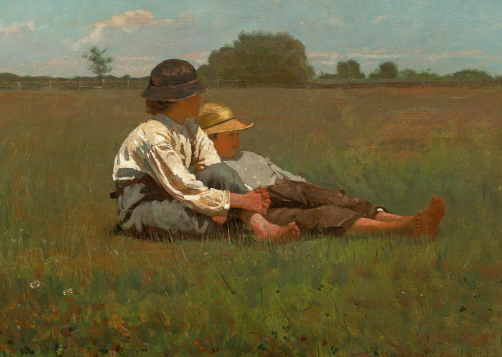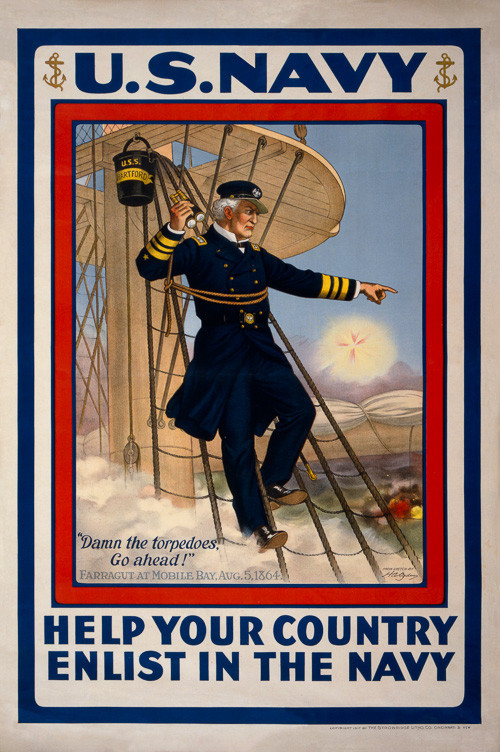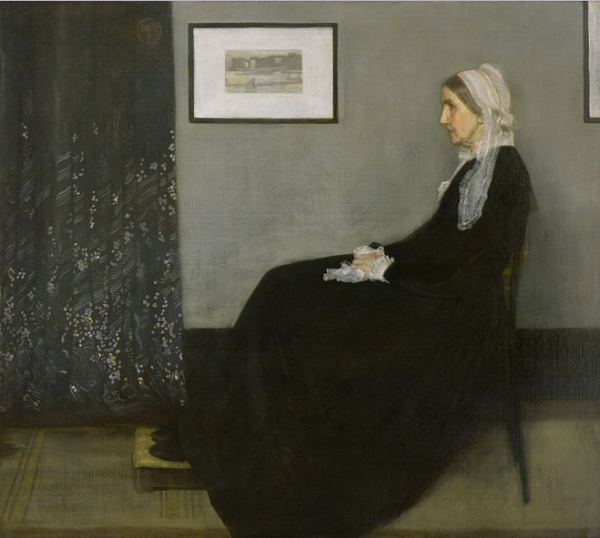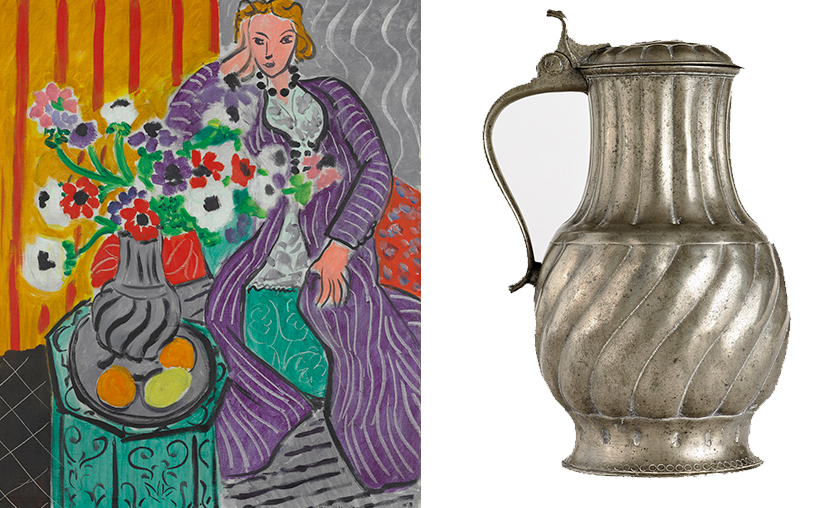The Invisible Brand: The Perils of the Fluid and Frictionless Journey
‘An invisible man can rule the world. Nobody will see him come. Nobody will see him go. He can hear every secret. He can rob, and rape, and kill!’
The excellent 1933 movie ‘The Invisible Man’ dramatises HG Wells’ late nineteenth century story of the same name. A scientist has developed a formula for making himself invisible, and plans to exploit the power that this will inevitably give him. However, the Invisible Man has not worked out how to make himself visible again. And there is a side-effect to the formula: it is driving him mad.
Boris Karloff turned down the lead role in the film when he realised that he wouldn’t be seen on-screen until the very final moments. The part went instead to Claude Rains, a stage actor who had previously done little cinema work. Wrapped in bandages and wearing sinister dark glasses, Rains put in a compelling, authoritative performance that set him on the road to stardom.
The Invisible Man is a heartless villain, but there is a sense of tragedy in his story. It is suggested that he may have been a decent enough chap before his experiments. He had considerate colleagues and a loving girlfriend. Yet he ran headlong into his quest for invisibility without properly considering the risks.
A couple of years ago I was talking to some Clients at a financial brand. They had observed that, in a low interest sector such as theirs, customers were mainly frustrated by hassle and fuss, choice and complexity; they yearned for a service that was fluid and frictionless. My Clients were excited because the digital revolution made this aspiration a realistic possibility. With proper application over the next few years, their customer journey would become ever more simple and seamless, easy and effortless. This was, they felt confident, the primary route to brand success.
I couldn’t disagree with any of this. But I did raise a concern: that, as the service became increasingly instinctive and intuitive, the brand’s role in customers’ lives would inevitably recede and diminish. Brand interaction would be fleeting and inconspicuous; brand experience would be instantaneous and imperceptible. We would be creating the Invisible Brand.
We all recognise the vocabulary here from so many marketing meetings in recent times. ‘The customer interface must be fluid and frictionless; instinctive and intuitive; simple and seamless; easy and effortless.’ There seems to be a consensus around the direction we want our UX to take.
I’m sure that some brands will inevitably deliver against this agenda so convincingly that they will leave the competition floundering in their wake. No sooner said than done; no sooner imagined than realised. Their simple, easy service will earn them leadership status. They will become the natural choice in their category.
But other brands will find that the single-minded pursuit of fluid and frictionless will be challenging. It’s difficult to feel loyal to something you spend very little time with. It’s difficult to have a relationship with something you can’t see. What’s more, if we’re all aiming at the same destination, we shouldn’t be surprised if we all arrive at the same place. Our race to automate the category may commoditise it at the same time. We may be ‘running at a low margin future.’
A fluid and frictionless user interface is certainly necessary for success in the modern environment. But it may not be sufficient.
When I was younger the wisdom was that great brands didn’t just seek to cut costs, but to add value; that great businesses didn’t just satisfy customers, they sought to delight them. They could ‘walk and chew gum at the same time.’
I suspect that the challenge for many service brands is not just to diminish friction. It is to enhance experience; to make every interface, however fleeting, a rewarding one; to make every interaction feel better in every way.
My old boss, Nigel Bogle, used to talk about the new brand imperative being the creation of ‘heightened experiences:’ interactions that deliver over and above expectations; that give superior value for time; that enchant the customer. I’m sure he was right.
So when you are designing the user journey for your brand, don’t ask one question, ask two:
How can I make this interface more fluid and frictionless? - more instinctive and intuitive; simple and seamless; easy and effortless?
How can I make this experience more useful and enjoyable? - more delightful, surprising, rewarding and inspiring?
Of course, the Invisible Brands may still go on to rule the world. But some will go mad in the process. And some will be left yearning for the days when they had true relationships; when they could be seen for who they really were.
‘There must be a way back!’
The Invisible Man
No. 155



















